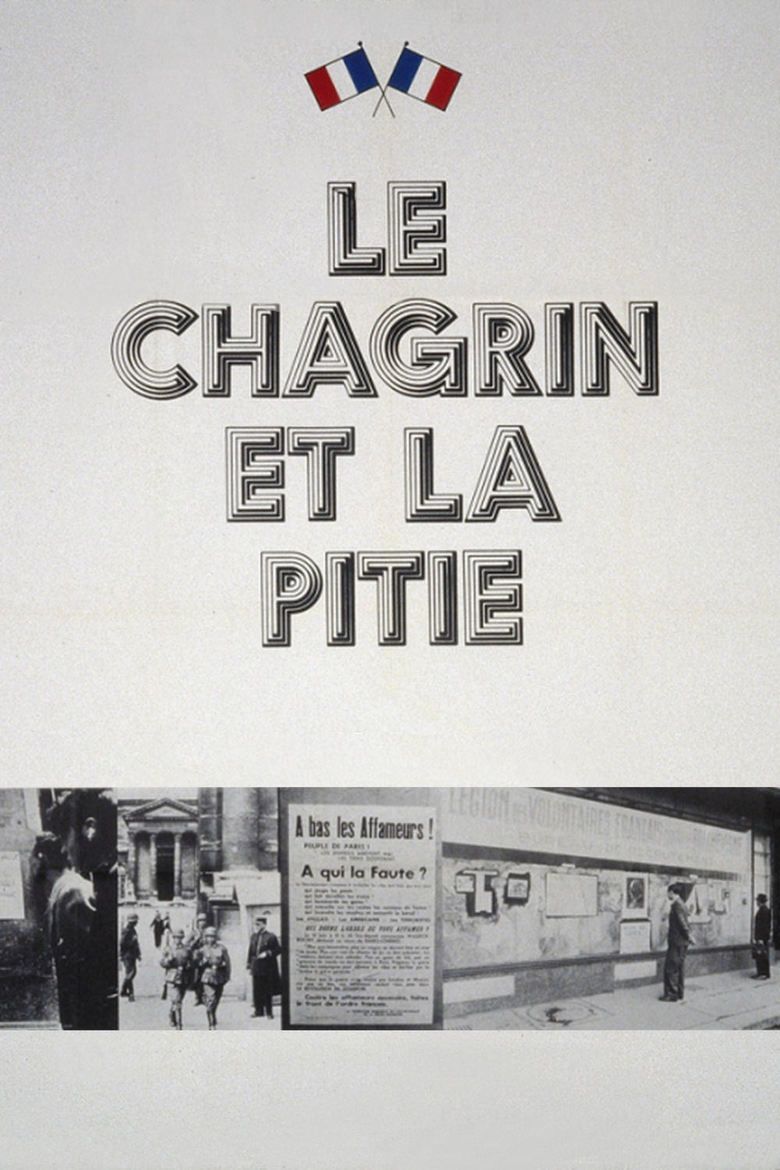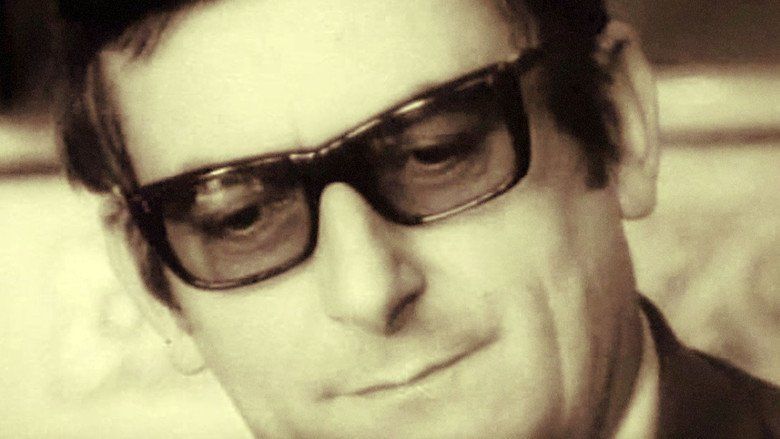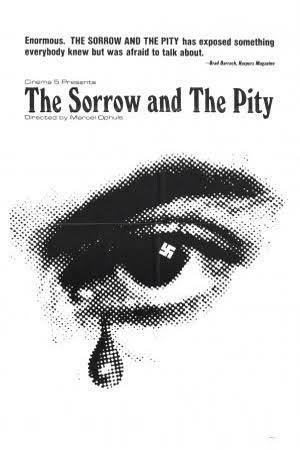The Sorrow and the Pity
8.4 /10 1 Votes
Director Marcel Ophuls Initial DVD release April 24, 2001 | 8.4/10 IMDb Genre Documentary, History, War Duration | |||||||||||||||||||||||||||||||||
 | ||||||||||||||||||||||||||||||||||
Writer Marcel Ophuls , Andre Harris Release date September 18, 1969 Initial release September 18, 1969 (West Germany) Cast (Himself), Matthäus Bleibinger (Himself), (Himself), ((also archive footage) (as Lord Avon)), (Himself - Former Prime Minister of France), (Himself - Founder of the Liberation Movement)Similar movies The Eye of Vichy (1993) | ||||||||||||||||||||||||||||||||||
The Sorrow and the Pity (French: Le Chagrin et la Pitié) is a two-part 1969 documentary film by Marcel Ophüls about the collaboration between the Vichy government and Nazi Germany during World War II. The film uses interviews with a German officer, collaborators, and resistance fighters from Clermont-Ferrand. They comment on the nature of and reasons for collaboration. The reasons include antisemitism, anglophobia, fear of Bolsheviks and Soviet invasion, the desire for power, and simple caution.
Contents

Marius the sorrow and the pity 1969
Synopsis

Part One of the film, The Collapse, has an extended interview with Pierre Mendès France. He was jailed by the Vichy government on charges of desertion, but escaped from jail to join Charles de Gaulle's forces operating out of England, and later served as Prime Minister of France for eight months from 1954 to 1955.

Part Two, The Choice, revolves around Christian de la Mazière, who is something of a counterpoint to Mendès France. Whereas Mendès France was a French Jewish political figure who joined the Resistance, de la Mazière, an aristocrat who embraced Fascism, was one of 7,000 French youth to fight on the Eastern Front wearing German uniforms.
The film shows the French people's response to occupation as heroic, pitiable, and monstrous—sometimes all at once. The postwar humiliation of the women who served (or were married to) German soldiers perhaps gives the strongest mix of all three. Maurice Chevalier's "Sweepin' the Clouds Away" is the theme song of the film. He was a popular entertainer with the German occupation force.
Release
This film was first shown on French television in 1981 after being banned from that medium for years. It is frequently assumed that the reason was French reluctance to admit the facts of French history. While this may have been a factor, the principal mover in the decision was Simone Veil, a Jewish inmate of Auschwitz who became a minister and the first President of the European Parliament, on the grounds that the film presented too one-sided a view.
Reception
Time magazine gave a positive review of the film, and wrote that Marcel Ophüls "tries to puncture the bourgeois myth—or protectively askew memory—that allows France generally to act as if hardly any Frenchmen collaborated with the Germans." It was nominated for an Academy Award in 1971 for Best Documentary Feature.
In popular culture
Woody Allen's film Annie Hall (1977) makes two references to The Sorrow and the Pity as part of the main character's obsession with the persecution of Jews during World War II.
References
The Sorrow and the Pity WikipediaThe Sorrow and the Pity IMDb The Sorrow and the Pity themoviedb.org
